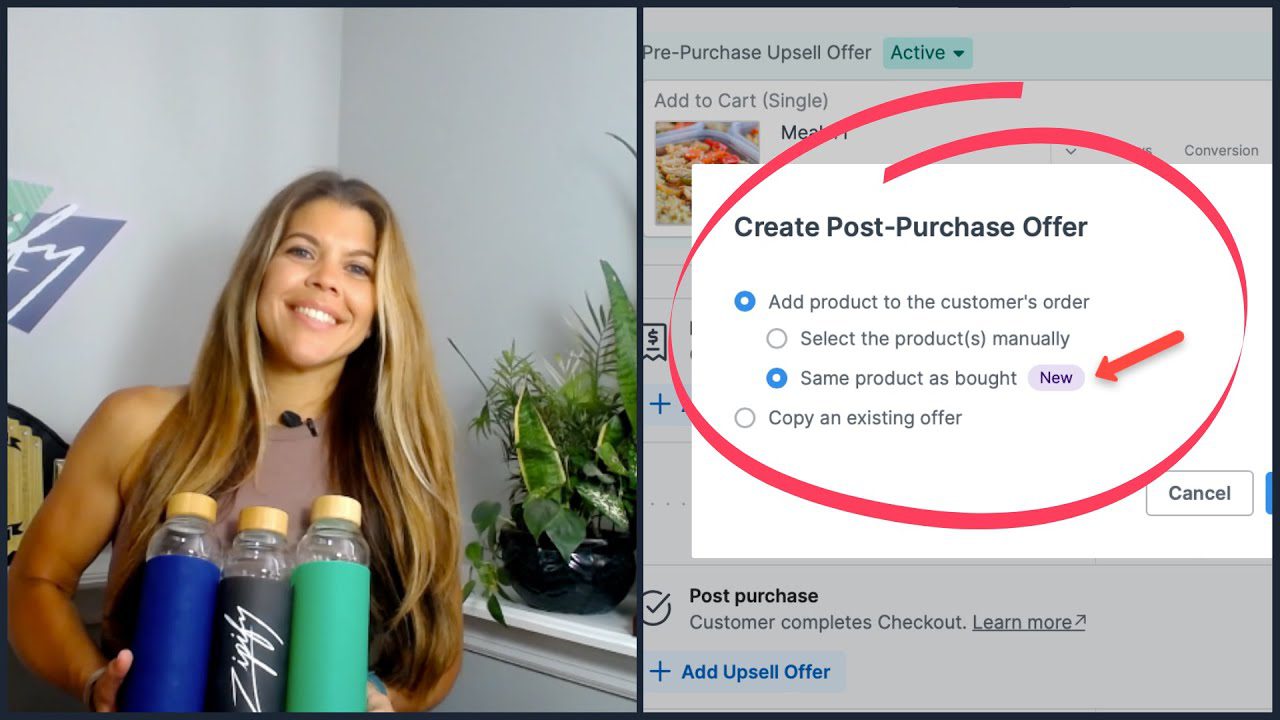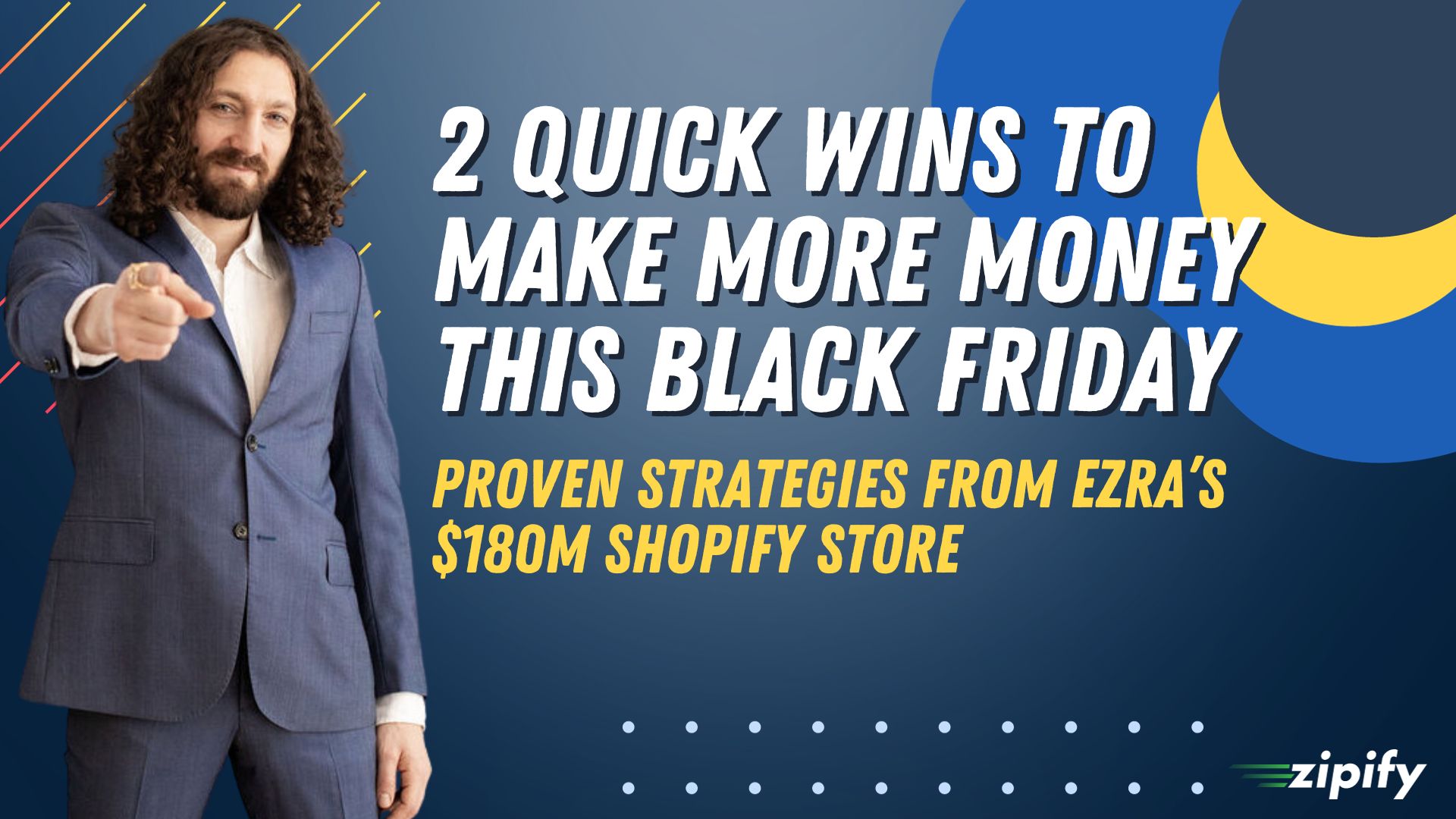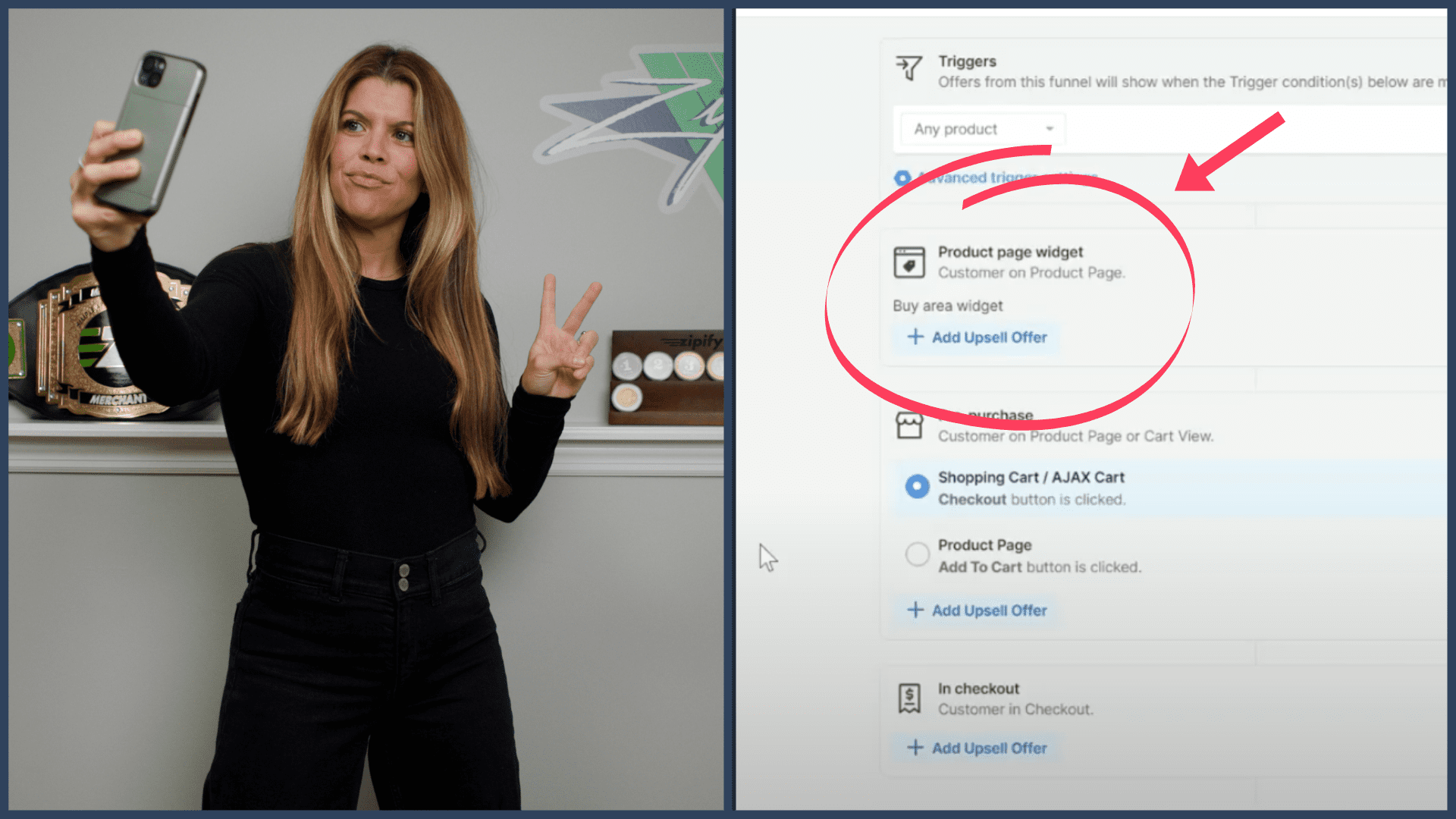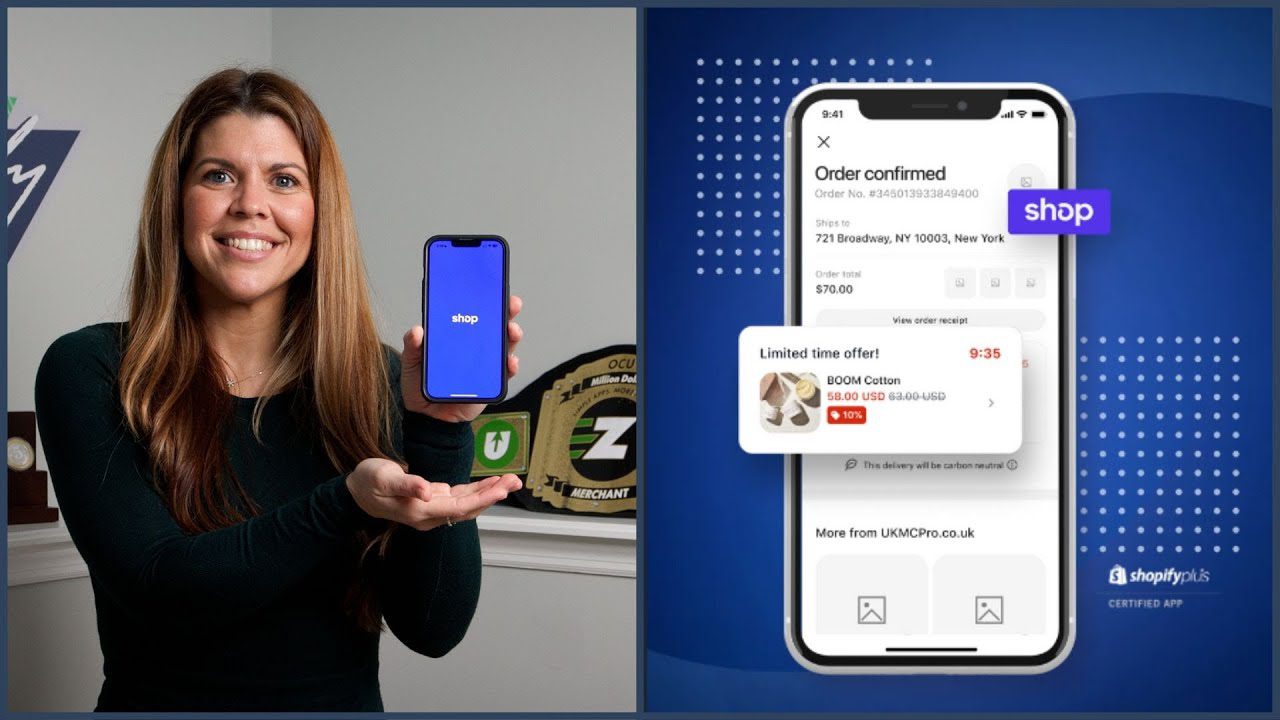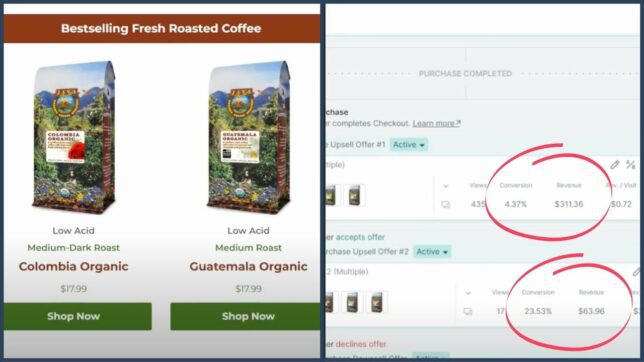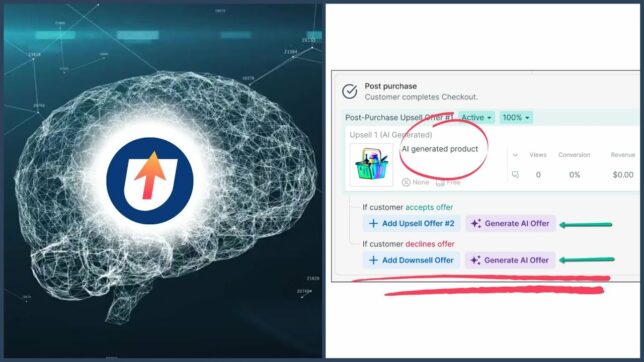By the Numbers: Why Your Small Business Needs a Rewards Program
A significant portion of a business’s sales come from loyal customers.
In fact, the Gartner Group discovered that 20% of loyal customers contributed to 80% of a business’s profits.(1) Another study found that a 5% increase in customer retention increases business profits by 25%-95%.(2)
Apple is one of the most successful examples of brand loyalty.(3)(4) Brand Keys found that 87% of Apple’s customers are loyal to the brand — meaning they will continue to buy Apple products in the future.(5)
But you don’t need to be a tech powerhouse to get loyal customers.
Small businesses can foster customer loyalty through rewards programs. After all, everyone wants to to be rewarded for buying from the brands they love.
Still not convinced? In this blog post, we’ll discuss the benefits of adding a rewards program to your business.
Increase in Repeat Purchases
When your first-time customer makes a purchase, how do you convince them to buy again? This is where loyalty programs come in.
Loyalty rewards programs or punch cards let customers build the habit of buying regularly.
For example, Chick-Fil-A’s success can be attributed to its loyalty program which has 13 million active users.(6)(7) Members get 10 points for every $1 spent, which they can use to get rewards. They also give out freebies, offers and birthday gifts to boost membership.
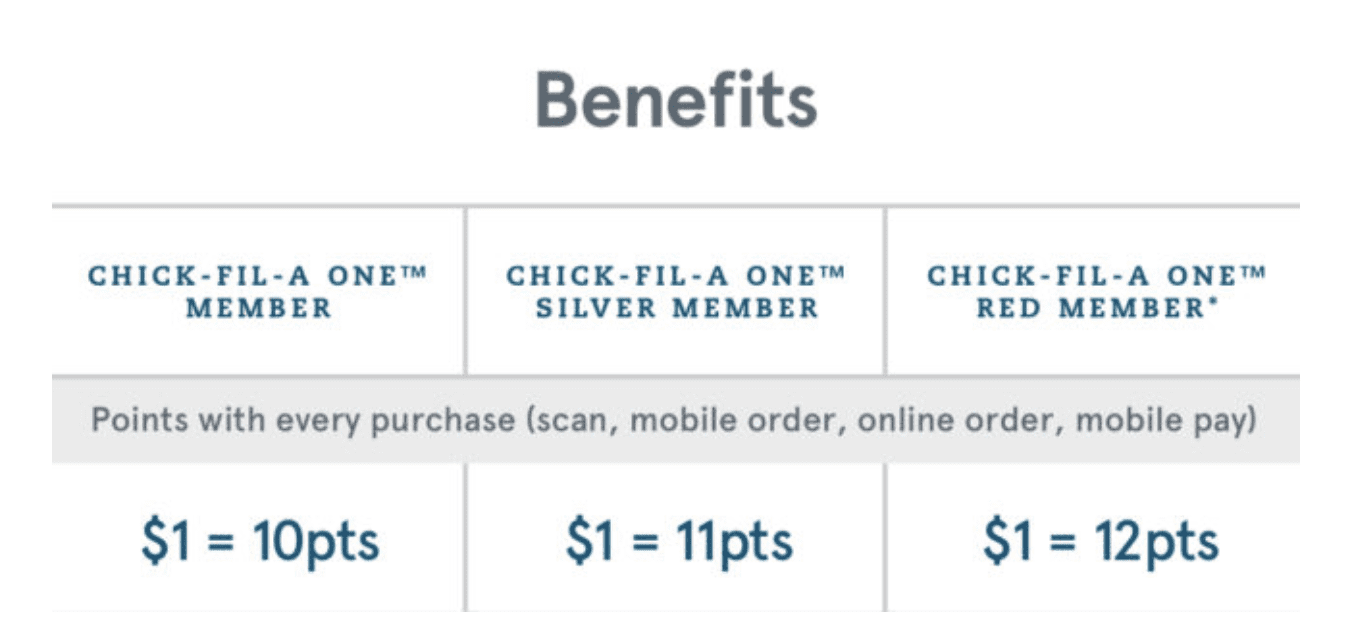
In addition, a rewards program has a large impact on a customer’s future decision to purchase. A study found that 79% of customers look for loyalty or rewards programs, and 74% choose a store based on a strong loyalty or discount program.(8)
U.S. consumers hold 3.8 billion memberships — that’s 11 memberships for each U.S. consumer.
In short, having a customer loyalty program can dramatically boost your repeat purchases.
Lower Your Marketing Spend
Who are most likely to purchase your products — a first-time customer or a repeat customer? Harvard Business Review found that acquiring a new customer is 5 to 25 times more expensive than retaining your current customers.(9)(10)
Of course, current customers are easier to market to. You don’t need to send them a bunch of emails and get them through the different stages of the buying cycle. And while social media can help you reach out to new customers, less than 3% of those targeted will make a purchase.
For past customers, if they loved their first purchase, they’ll probably buy again. There’s no need to send them a ton of emails to get them to purchase.
Tesla Motors gained success thanks to its efforts to cater to its loyal customers. Their referral program gives $1,000 to advocates and referred friends, as well as some pretty cool perks.(11) You don’t see a lot of marketing from the brand, because they’re more invested in connecting with their current customer base.
Less Pressure to Slash Prices
Sales and discounts are a popular way to incentivize new and current customers to make a purchase, but this strategy isn’t sustainable. As you slash prices, you also decrease your profits.
With a loyalty program, there’s less pressure to keep prices down. People are likely to buy year round and remain motivated because of the rewards.
Red Robin uses loyalty program to let customers build the habit of returning to the restaurant. If you make a purchase at Red Robin five times during your first five weeks of membership, you get a $20 reward that you can redeem on your 6th visit.(12) This builds a pattern that will have you returning on the 7th, 8th, 9th visit and onwards!
Another perk is that loyal customers stay away from the competition once they’re satisfied with a business’s product and service.(13) After all, why look elsewhere when you’re already guaranteed to get the best from a business you know.
Get Data and Feedback
Quality feedback and data is key to any business’s success.
To motivate customers to make a purchase, sometimes you need data on their purchase behavior, past purchases and interests. You also need to find out what they think about your online store experience. Did they have trouble making a purchase? Are they having difficulties navigating your store?
You’ll need all the data and feedback you can get!
So, where do you get feedback and data? The answer lies in loyalty programs.
Businesses like Domino’s Pizza have used their loyalty program to gain insight into their customers.(14) They aggregate qualitative and quantitative feedback from their loyalty program members, then use it to build better relationships and improve user experience.
In contrast, first-time customers aren’t very motivated to give feedback. They might not care about your store’s online experience because they’ve only made one purchase. If there are pitfalls in your site, it won’t impact them in the long-term.
That said, you might want to invest in a loyalty program to be able to collect feedback and user data from your current customers.
3 Tips for Adding a Referral Program to Your Business
Now that you’ve learned about the importance of having a referral program in your business, here’s a step-by-step guide to successfully launch your program:
1. Choose your rewards wisely
The way you structure your referral program rewards will have a direct impact on its performance.
People are more likely to recommend your products or services to their friends if they are motivated by an incentive. A monetary incentive (such as cash or a discount on their next purchase) can be powerful, but it might not be enough.
In many cases, your customer will refer you to their friends just because they think your products can be beneficial for them.
We found that companies that offer a bigger reward for the referred friend rather than the customer who made the recommendation tend to have higher referral rates. Dorco is one of these examples.(15)
In general terms, giving the referred friend some sort of incentive is a good motivator to get them to look at your products or services and see if there’s anything they’d want.
2. Tell as many people about your referral program as possible
Not every single one of your customers is going to refer you to their friends and family — and that’s okay.
That’s why it’s important to make sure that you are constantly adding new advocates to your referral program.
There are several ways you can do this:
- Insert a post-purchase popup that invites new customers to join the referral program as soon as they purchase
- Feature your referral program call to action prominently on your website
- Let your social media followers know about your referral program
- Place calls to action on your website so visitors can join your program too
- Teach your customers how to share your referral program
- Invite influencers to join your referral program
3. Allow site visitors to refer their friends
Not every website visitor will fit your ideal customer profile, but they might know someone who does. What if you could encourage website visitors to recommend you to their friends and family?
Easy. Give them the option to offer their friends a discount on a product they might love. You can also give them a cash reward for every friend that purchases.
A good way of recruiting new advocates is by placing a referral widget on your homepage. A referral widget is a small widget that sits on your store page, and allows your customers to instantly sign up as an advocate.
Here’s an example from Dux Sports:
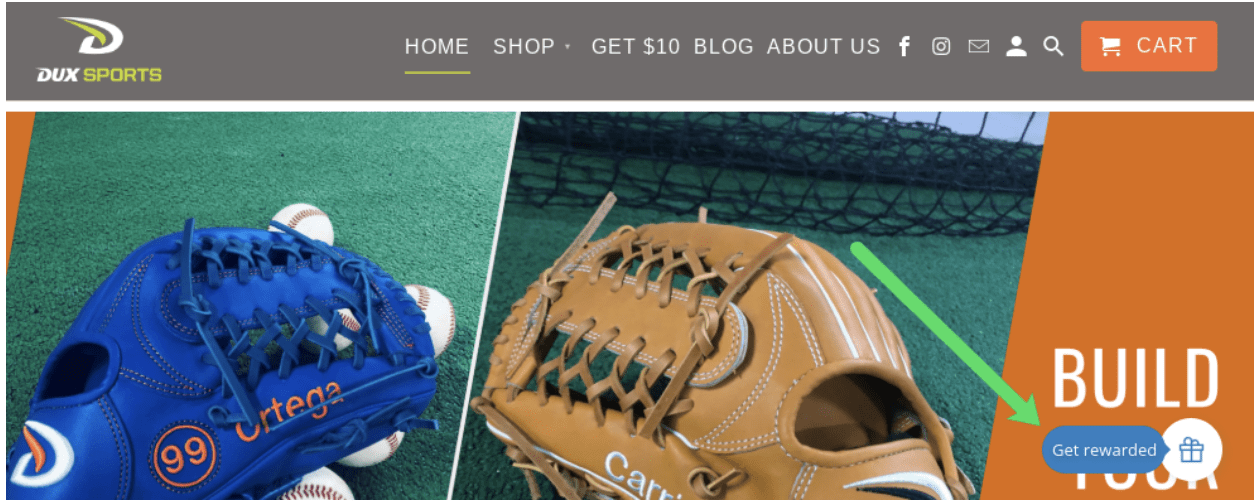
Getting new customers and converting them is important, but it’s even more important to focus on the customers that you already have.
This will reap many benefits for your business model in the long-run: You get better data and feedback from your loyal customers, because they’re invested in your business; you can increase repeat purchases and lower marketing spend, and there’s also less pressure to slash prices because customers remain motivated.
Thanks for reading!
About the Author
Raul Galera is the Partner Manager at Anafore, the company behind ReferralCandy and CandyBar, referral and loyalty solutions for small and medium businesses.
Footnotes:
- https://www.nextupasia.com/5-reasons-why-customer-loyalty-is-so-important-in-our-digitized-marketplace/
- https://hbswk.hbs.edu/archive/1590.html/
- https://www.referralcandy.com/blog/apple-word-of-mouth-examples/
- https://www.candybar.co/blog/loyalty-program-examples/
- https://www.digitaltrends.com/apple/apple-brand-loyalty-2017/
- https://www.candybar.co/blog/chick-fil-a-loyalty-program/
- https://digiday.com/marketing/chick-fil-a-app/
- https://blog.accessdevelopment.com/customer-loyalty-statistics-2017-edition
- https://hbr.org/2014/10/the-value-of-keeping-the-right-customers
- https://www.referralcandy.com/blog/increase-user-retention/
- https://www.referralcandy.com/blog/tesla-referral-program/
- https://www.candybar.co/blog/4-reasons-why-everyone-loves-the-red-robin-loyalty-rewards-program/
- https://www.ecommerceceo.com/what-to-sell-online/
- https://www.candybar.co/blog/how-domino-pizzas-loyalty-program-enables-it-to-get-a-bigger-slice-of-the-market/
- https://www.referralcandy.com/blog/shaver-referral-program-examples-dorco/

